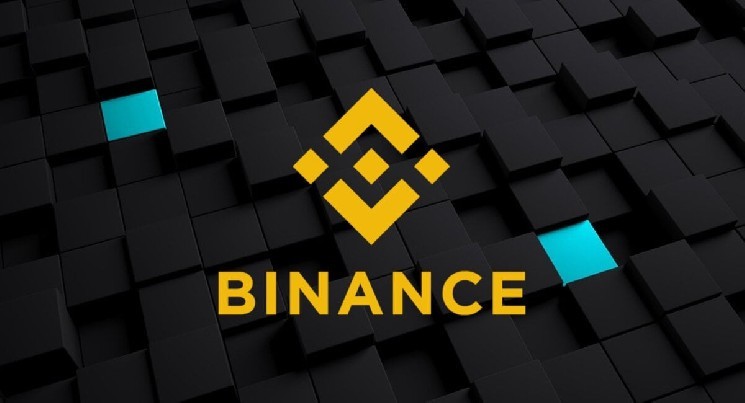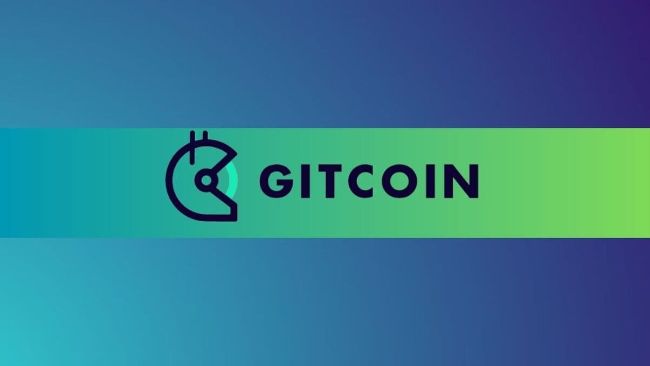- The Vechain Hayabusa update, set to go live on July 1st, allows any VET holder meeting minimum staking requirements to become a node operator, enhancing user control and network security.
- The VeChain Foundation has allocated 5.3 billion VTHO (approximately $15 million) to incentivize early participation in the new StarGate staking model.
VeChain’s ‘VeChain Renaissance’, consisting of a series of steps over the coming months, now introduces a new key step in the form of Hayabusa. With this major upgrade, the platform is taking a key step toward further decentralization and a rethinking of the staking economy. Thus, the platform is gearing up for what it calls a transformative shift in its blockchain infrastructure.
What Is VeChain’s New Upgrade About?
This phase includes the spot of StarGate, a new staking model that allows any VET holder to become a node operator if they meet the minimum staking requirements. The update announces the network is open, and so gives much greater user control. VeChain announced, “Anyone with sufficient VET stake can create a Node, participate in securing the network, and earn rewards for their contributions.”
To support this upgrade, the VeChain Foundation is putting up its fair share of an incentive pool of 5.3 billion VTHO, which is ‘=’, roughly $15 million. This allocation intends to get the ball rolling to energize early community participation. It comes especially with the initial rollout of the StarGate staking model, which is set for a July 1st launch.
It is being introduced with multiple node tiers, each lined up to earn daily VTHO earnings, as highlighted in our previous story. Both in terms of accessibility and payout, options range from 10,000 VET, leaving you with 5 VTHO per day at the lower end, to 15.6 million VET, 35,000 VTHO per day, in the nearer range, or elite tiers such as Mjolnir X. These reward structures will adjust to their total network participation and user strategy.
VeChain is also introducing two new community-built simulators to help users in planning their staking approach. Dating back to April, VeChainStats’ VTHO Staking APY Estimator comes with elements such as node type and network stake that will produce detailed projections. Whilst Redeno Staking Simulator is a strategy optimization tool for users with existing VET holding and their standing nodes. These tools aim to answer the critical question: “How much will my VET stake generate after Hayabusa?”
Upgrade Aims To Boost Regulatory Compliance
VeChain stated that the new model reinforces the chain’s regulatory readiness. The team wrote that the upgrade “strengthens our regulatory compliance to create a more robust, secure, and inclusive blockchain ecosystem for the age of mass adoption.”
Meanwhile, between technical enhancements, the core team of CEO Sunny Lu and others will stream a VeChain Renaissance event. While the date remains unannounced, the event promises in-depth discussions on the Hayabusa upgrade and guidance for maximizing staking benefits.
With Hayabusa, VeChain is moving toward a community-powered blockchain, inviting users to engage not only as participants but as active stakeholders in its evolving ecosystem, as reported earlier. As VeChain put it, “The VeChain Renaissance journey continues, and we’re about to step into the most transformative phase yet.”







Leave a Reply